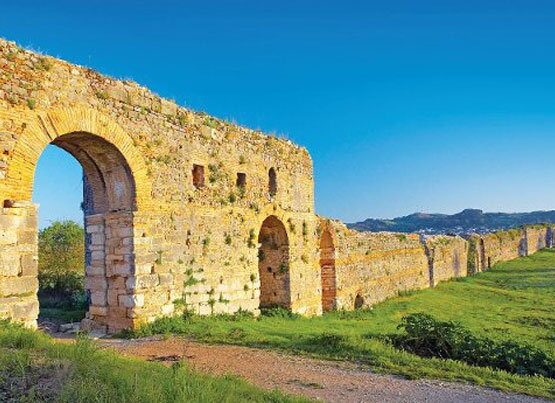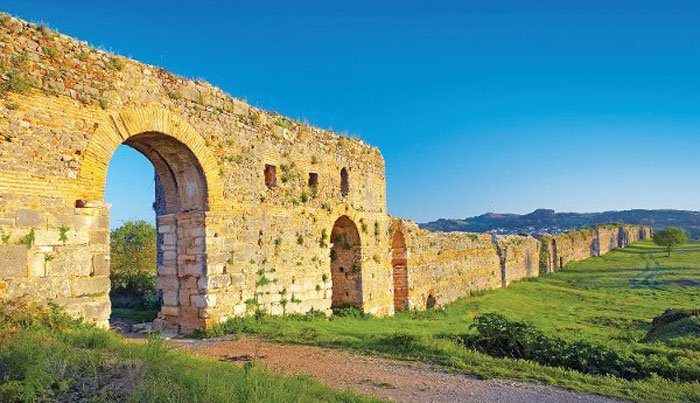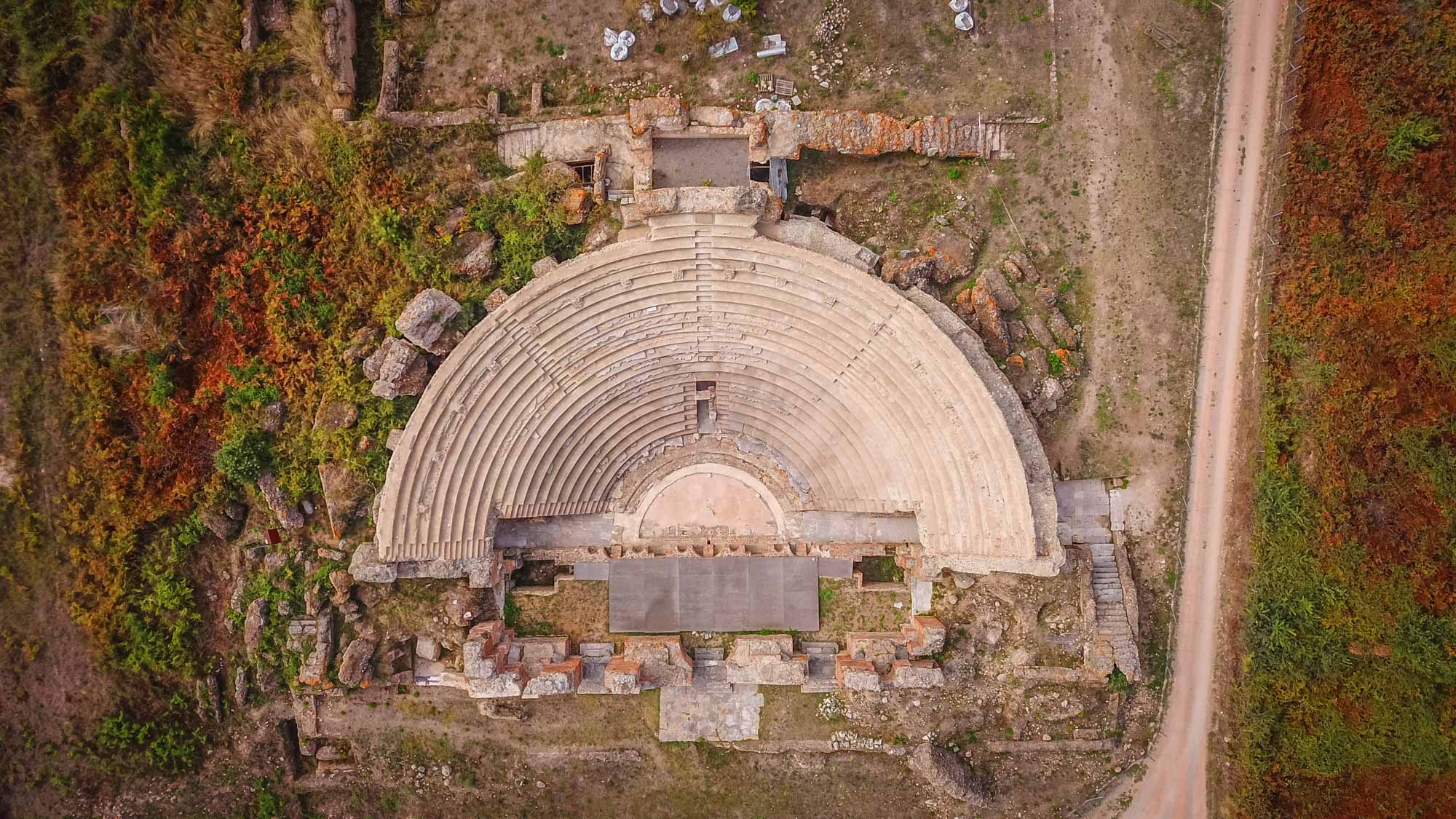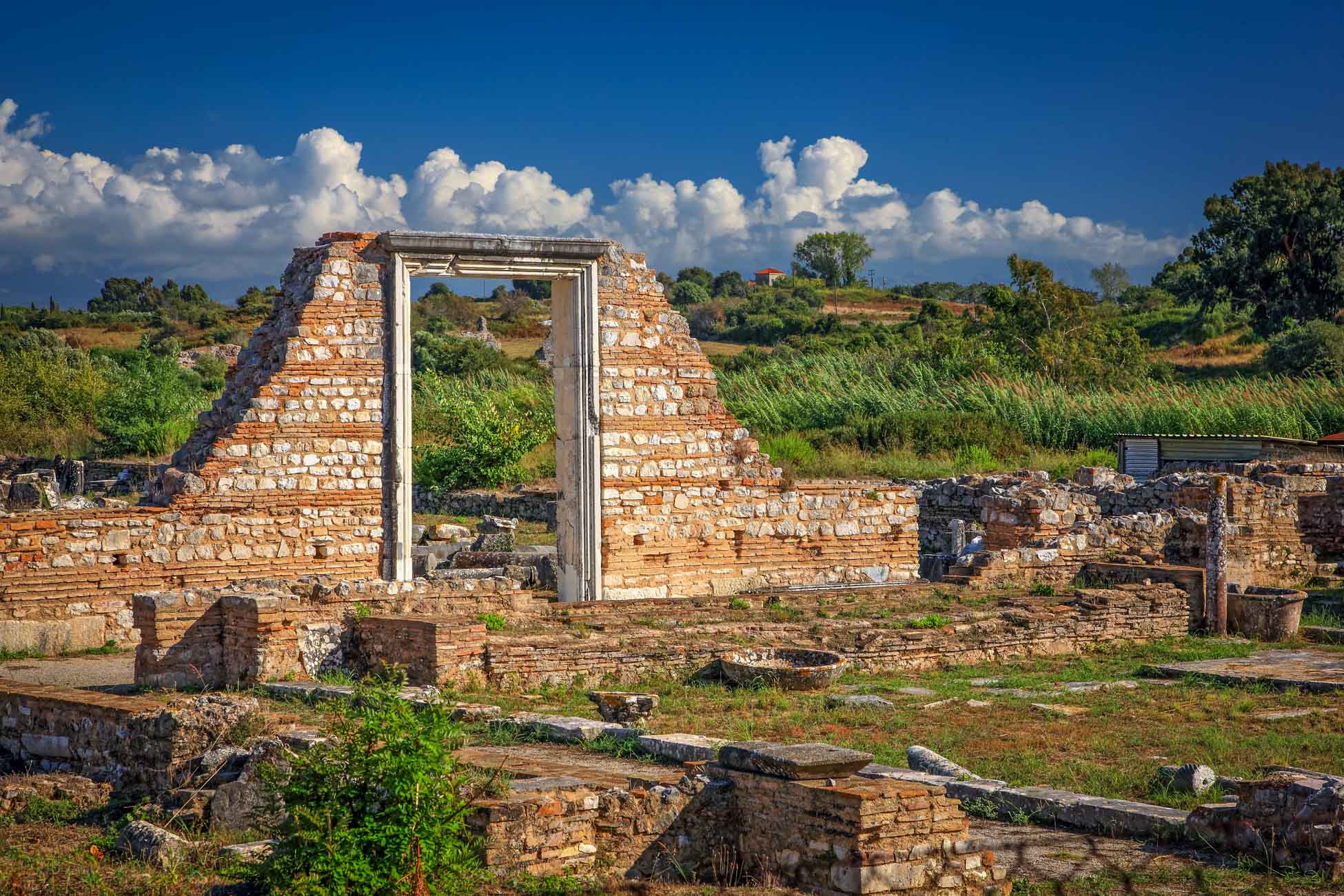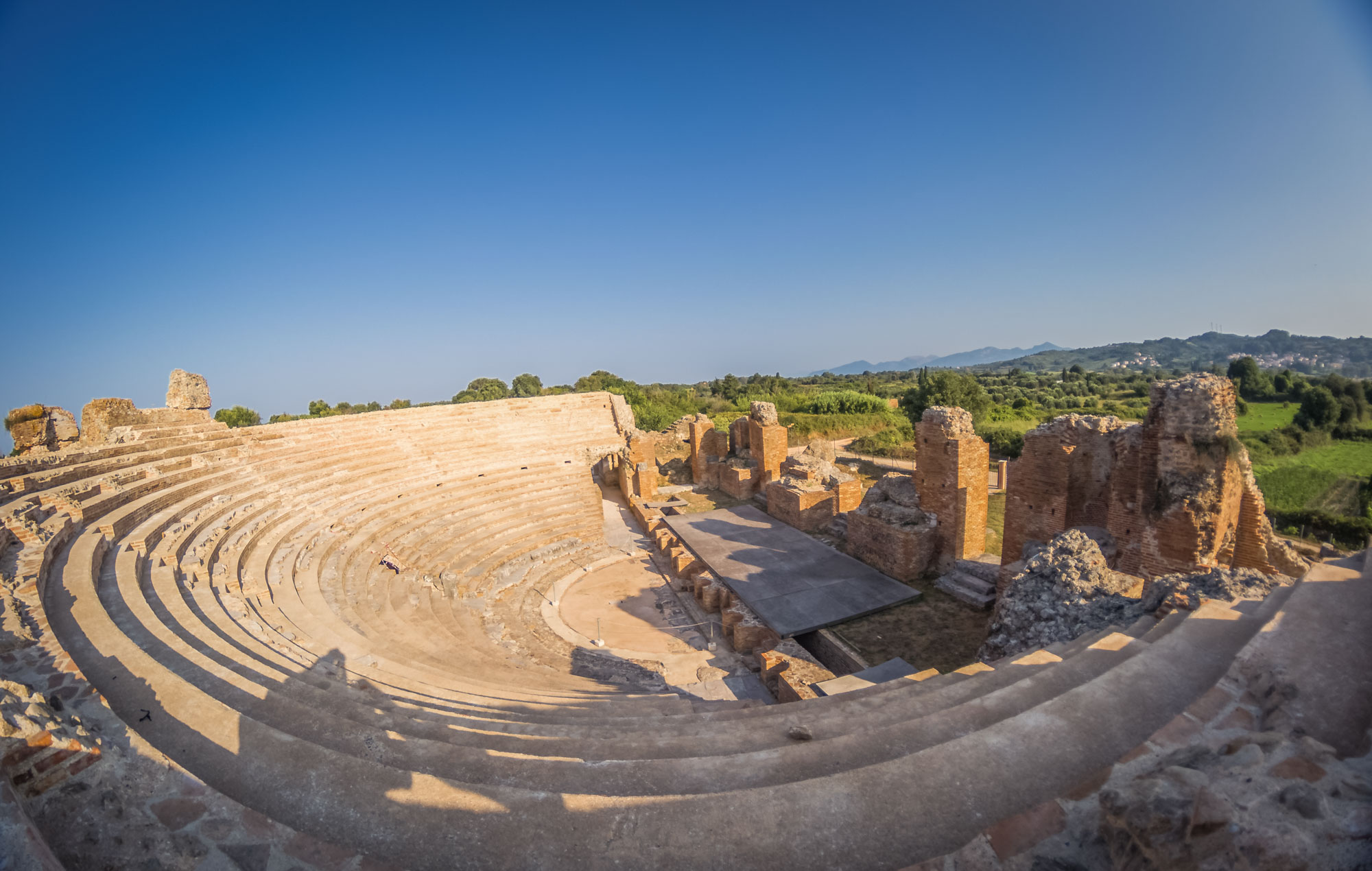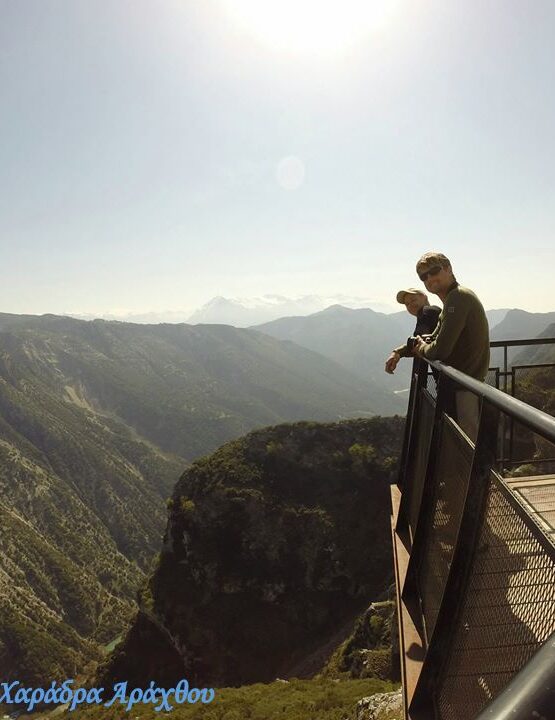A most important Archaeological site and also very close to Preveza, is the ancient city and the modern Archaeological Museum of Nicopolis
The city of Nicopolis was founded following the victory of Gaius Julius Caesar Octavianus (Augustus) in the naval battle of Actium in 31 BC. The city is associated with the effort to establish Roman dominion and the whole process of ‘Romanizing’ Greece. Emperor Augustus granted the city substantial political and economic privileges and adorned it with magnificent monuments while also reviving the Actium Games. The name of the king of Judea, Herod I, and those of many Roman officials such as Germanicus, Nero, Hadrian, among others are associated with donations to Nicopolis.
Itinerary
Nicopolis was capital of Epirus and Acarnania during the first three centuries of the Roman Empire. Built at the crossroads of commercial land and sea routes, it was the centre of Greek culture and a meeting point between the eastern and western worlds. It was the seat of Epictetus’ school of philosophy while a Jewish community lived within the city.
Between the 3rd and 5th century AD the city underwent a period of relative decline and stagnation while from the mid 5th century AD Nicopolis became the administrative, artistic, spiritual and religious centre of the area with a Christian character. According to tradition the church of Nikopolis was founded by the Apostle Paul. During the early Christian period the city experienced a major economic and spiritual boom, a fact demonstrated by the fortification programme instigated by Justinian and from the plethora of monuments which adorned the city.
The administrative reorganization of the Byzantine Empire in the 9th century and the transfer of the capital of the Theme of Nikopolis from Nikopolis to Nafpaktos led to the city’s decline and abandonment which was completed during the 13th century.
Today, the imposing monuments of the site bear witness to the thousand-year life of ancient Nicopolis. At “En alsi Proastio” (Suburb in the Grove) the venues for the celebration of the Actian games were located. These structures included the Theatre, the Stadium and the Gymnasium and the Monument of Augustus on the sacred hill. The route to the city is dominated by the imposing early Christian walls, the cemeteries and the aqueduct while in the city center the road leads to “ ikos of ekdikos Georgios”, the Basilica of Doumetios with the wonderful mosaic decoration, the Odeon, the house of Manius Antoninus. Most monuments can be visited by the public upon request.
Archaeological Museum of Nicopolis
The new museum of the archaeological site of Nicopolis is dedicated to the magnificent roman town -a symbol of the majestic victory of Octavian Augustus at Actium- as well as the Nicopolis of the early byzantine period. In the first hall of the exhibition, the thousand-year-old historical course of the city from is presented while specific elements of the lives of its residents are displayed in the second hall.
Image Gallery
Important Information
Price Includes
- Local English-speaking tour escort-driver
Price Excludes
- Tips and gratuities
- Personal shopping
- Accommodation transfers
- Anything not mentioned above

